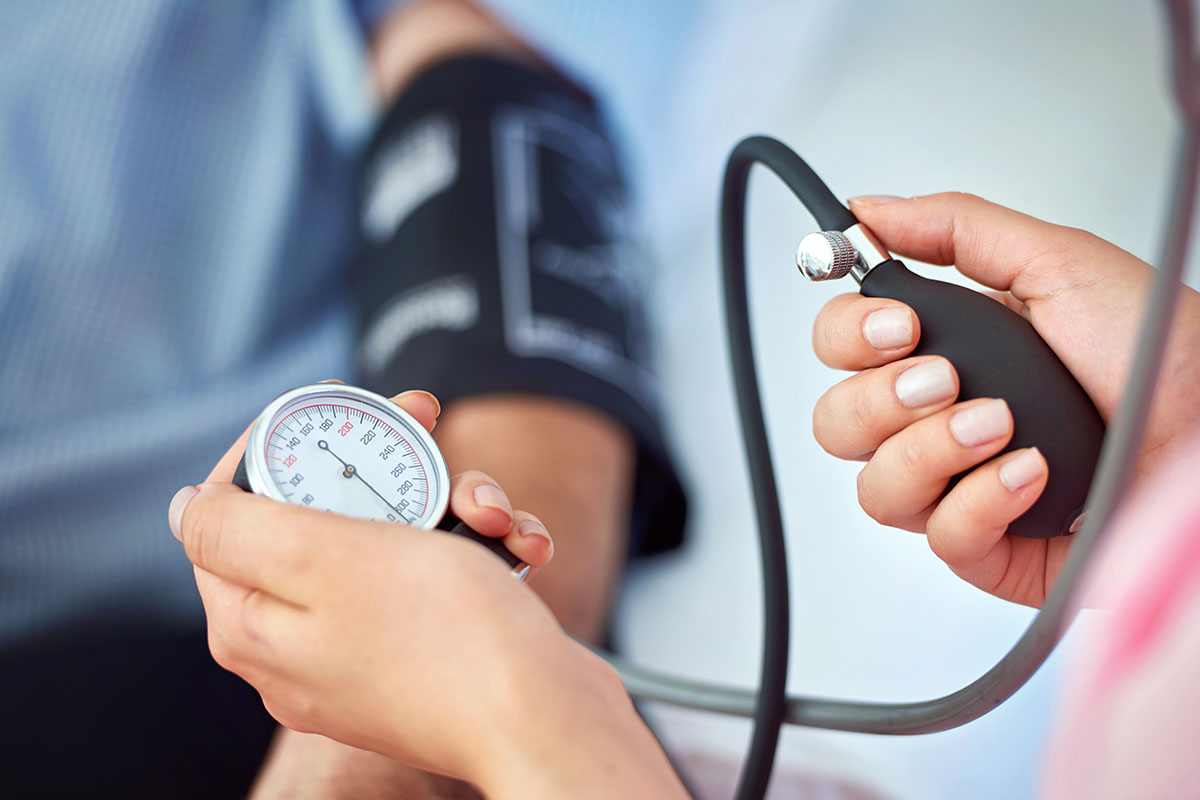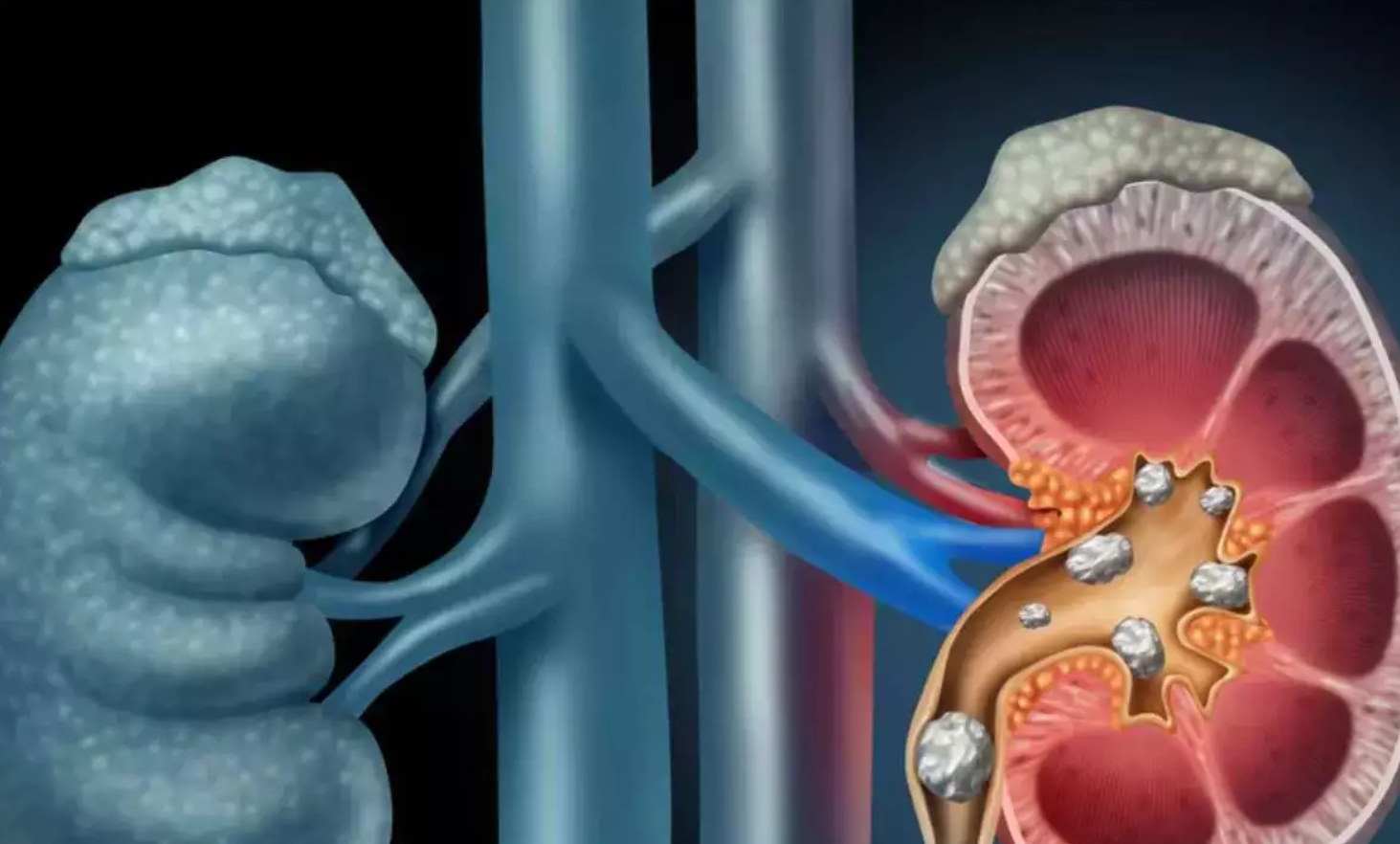High Blood Pressure
VA Disability Ratings for High Blood Pressure
If you have high blood pressure related to your military service, you want to understand how the VA rates the condition, even if you’re already on medication to control it. This post explains VA ratings for hypertension and related conditions like hypertensive vascular disease.
Hypertension, or high blood pressure, is common among veterans due to combat exposure and service-related injuries. Suppose you have high blood pressure related to your military service or in connection with another service-related condition. In that case, it’s essential to understand the VA ratings, so you can receive fair compensation.

Understanding high blood pressure
Hypertension, or high blood pressure, is when the force of blood flowing through your arteries is too strong.
Two numbers measure blood pressure. The systolic blood pressure is the top number. It measures the pressure as blood leaves the heart. The diastolic is the bottom number. It measures the pressure when the heart fills with blood.
The average adult blood pressure is 120/80. Hypertension is blood pressure above 140/90. Your high blood pressure is severe if it’s more than 180/120.
High blood pressure often is without symptoms. But if left untreated, it can cause serious health problems.
Health issues associated with high blood pressure include:
-
One
Heart attack
-
Two
Stroke
-
Three
Aneurysms
-
Four
Chronic kidney disease
-
Five
Heart failure
-
Six
Disease of the arteries in the heart, arms, or legs
-
Seven
Vascular dementia
-
Eight
Sexual dysfunction
-
Nine
Brittle bones
Sleep apnea can be a cause and a consequence of hypertension. More than half of individuals with hypertension experience it, which causes sleep deprivation. Sleep deprivation increases the risk of hypertension.
Factors that cause high blood pressure include:
Hypertension VA rating
Description |
VA Rating |
Monthly Payment
|
|---|---|---|
Diastolic pressure predominantly 130 or more |
60% |
$1,395.93 |
Diastolic pressure predominantly 120 or more |
40% |
$774.16 |
Diastolic pressure predominantly 110 or more, or; systolic pressure predominantly 200 or more |
20% |
$346.95 |
Diastolic pressure predominantly 100 or more, or; systolic pressure predominantly 160 or more, or; minimum evaluation for an individual with a history of diastolic pressure predominantly 100 or more who requires continuous medication for control |
10% |
$175.51 |
The tests for hypertension require readings to be taken two or more times on at least three different days.
A 60% hypertension rating could qualify a veteran for total disability individual unemployability benefits. TDIU benefits are for veterans who can no longer work because of their service-connected disabilities. Lower ratings for the condition also could combine with ratings for secondary conditions or other service-connected disabilities to qualify for the benefit as long as the combined rating is at least 70% and one of the conditions is rated at least 40%.
VA decision on hypertension and Agent Orange
As part of the 2022 PACT Act, which expands benefits for veterans exposed to toxins during service, hypertension was added as a presumptive condition for Vietnam-era veterans exposed to Agent Orange. This connection means that veterans who meet the criteria for being in a place where Agent Orange exposure was likely don’t need to show any additional evidence–called a medical nexus–to establish a service connection to hypertension.
Veterans who are presumed to have been exposed to Agent Orange are those who served in
Vietnam: On land and on some vessels between Jan. 9, 1962, and May 7, 1975. This exposure includes those stationed in Blue Water Navy ships.
C-123 Airplanes: Residue caused exposure to those around these planes after the Vietnam War.
Korea: In the demilitarized zone between Sept. 1, 1967, and Aug. 31, 1971.
VA rating for hypertension secondary to PTSD
Post-traumatic stress disorder (PTSD) is a severe trauma disorder common among veterans. PTSD results from experiencing traumatic events and an inability to emotionally process those happenings. Veterans with PTSD are prone to hypertension because of PTSD’s fear-related symptoms like hypervigilance, anxiety, and avoidance.
The VA also acknowledges that Agent Orange was stored in other places. It currently handles claims of exposure in these locations on a case-by-case basis:
Thailand: Any U.S. or Royal Thai military base between Jan. 9, 1962, and June 30, 1976
Herbicide Tests and Storage: This exposure may have occurred at military bases in the U.S. or other countries
Laos: between Dec. 1, 1965 and Sept. 30, 1969
Cambodia: at Mimot or Krek, Kampong Cham Province between April 16, 1969, – April 30, 1969
Guam or American Samoa (or in the territorial waters): between Jan. 9, 1962, and July 31, 1980
Johnston Atoll (or on a ship that called at Johnston Atoll): between Jan. 1, 1972, and Sept. 30, 1977
What conditions are secondary to hypertension?
Various conditions are secondary to hypertension. A veteran can receive a secondary service-connected disability rating for any health condition that is related to a condition that’s service connected. Medical evidence must link the primary and secondary service-connected impairments, or the secondary impairment must link to another service-connected health concern.
The following explains conditions secondary to hypertension.
VA rating for hypertension secondary to anxiety
People with anxiety are at higher risk for hypertension. That’s because anxiety, or extreme stress and worry outside a person’s control, increases a person’s heart rate and can increase blood pressure.
The connection between the two can work the opposite way as well. People with hypertension may worry about their physical health, causing anxiety.
VA rating for hypertension secondary to sleep apnea
Sleep apnea increases your risk of hypertension, with about half of people with apnea having high blood pressure. The connection is because of stress hormones your body releases when you stop breathing. These hormones cause your blood pressure to increase because your body senses something is wrong.

VA compensation for gout secondary to hypertension
Hypertension is common in people with gout, a severe form of arthritis caused by too much uric acid in the body. The acid crystalizes and builds up in the person’s joints. This acid build up also is the cause of hypertension. Gout is common in veterans.
At least one service-connected disability
rated at 60% or more disabling OR
Two or more service-connected disabilities with
at least one rated at 40% or more disabling and a combined rating of 70% or more

VA disability for chronic kidney disease secondary to hypertension
When a person has kidney disease, the kidneys stop removing waste and extra fluid from the blood. This extra fluid causes build up that can result in high blood pressure. Kidney disease also is common among veterans.
VA rating for hypertension while on medication
When considering a rating, the VA typically looks at the condition and its symptoms at the time of application for disability benefits. But, when it comes to hypertension, some veterans may already be on medication to help control the issue and level out their blood pressure. These medications are necessary because they help keep hypertension from causing a more severe medical issue.
Therefore, when the veteran is already on medication to control hypertension, the VA reviews the medical records that resulted in the medication being prescribed. The veteran’s rating is based on blood pressure readings at that time, as it is presumed that the medication, if effective, is lowering the veteran’s blood pressure readings.
C&P exam for hypertension
For the VA to consider disability benefits for hypertension, you must file a claim. The VA will likely request a Compensation and Pension exam. The examining physician will schedule readings be taken two or more times on at least three different days. The readings must be 160/90 or higher for hypertension.
You also can use a Disability Benefits Questionnaire to help your claim. A DBQ allows you to address symptoms, severity, possible causes, and how the condition may be related to other disabilities. A private physician can complete the form for you.
If you’re already on medication for hypertension, you’ll likely need to include those medical records (including blood pressure readings) in your claim.
Once the VA processes your claim for benefits, you will receive a confirmation or denial. If the VA denies your benefits, you may want to file an appeal. If you win your appeal, you should receive monthly compensation plus compensation back to when you filed your claim.
At least one service-connected disability
rated at 60% or more disabling OR
Two or more service-connected disabilities with
at least one rated at 40% or more disabling and a combined rating of 70% or more
FREQUENTLY ASKED QUESTIONS
Arteriosclerosis is the thickening and hardening of the walls in the heart’s arteries.
It can reduce blood flow to other parts of the body. Arteriosclerosis is a progressive condition
that develops over time and is most common in people over 60. Arteriosclerosis is an
umbrella term used to describe different types of heart disease.
